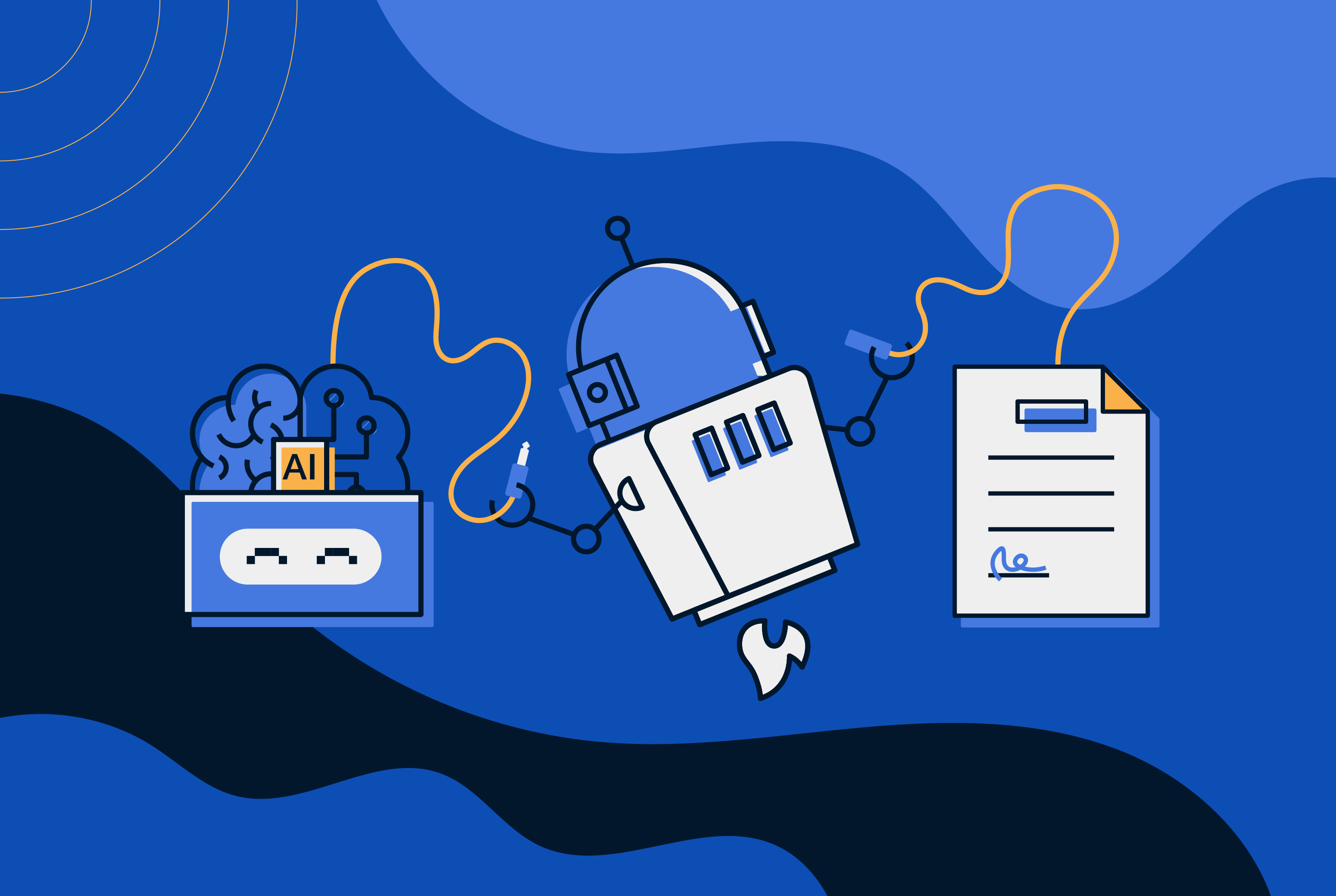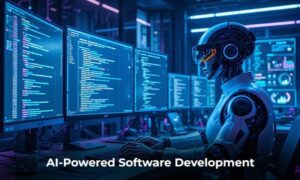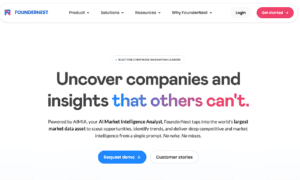Contract disputes cost businesses billions of dollars annually, with many conflicts stemming from oversights that could have been prevented during the initial review process. As organizations manage increasingly complex agreements and higher volumes of contracts, artificial intelligence has emerged as a game-changing solution for identifying potential breach risks before they become costly legal battles.
The Contract Review Challenge
Traditional contract review processes are notoriously time-consuming and prone to human error. Legal teams often spend countless hours poring over dense legal language, cross-referencing clauses, and attempting to identify potential conflicts or ambiguities. Even experienced attorneys can miss critical details when dealing with hundreds of pages of complex contractual terms.
The stakes are particularly high in today’s fast-paced business environment. A single overlooked clause or missed deadline provision can lead to significant financial exposure, damaged business relationships, and lengthy litigation.
How AI Transforms Contract Analysis
Modern AI-powered contract review platforms use natural language processing (NLP) and machine learning algorithms to analyze contracts with remarkable precision and speed. These systems can process thousands of documents in the time it would take a human reviewer to examine just a few, while maintaining consistent attention to detail.
The technology works by training on vast datasets of contracts and legal outcomes, learning to recognize patterns that typically lead to disputes or breaches. What makes AI particularly powerful is its ability to cross-reference multiple sections of a contract simultaneously, identifying potential conflicts that might not be obvious when examining sections in isolation.
Key Risk Detection Capabilities
AI-powered contract review tools excel at several critical risk identification tasks:
- Language Analysis: Automatically flags vague or ambiguous language that might lead to interpretation disputes
- Missing Clause Detection: Identify essential provisions that could create enforcement problems if omitted
- Deviation Alerts: Highlight terms that significantly differ from industry standards or organizational practices
- Timeline Conflicts: Catch deadline and milestone conflicts that create impossible scheduling scenarios
- Financial Risk Assessment: Analyze penalty clauses, liability caps, and indemnification provisions
- Sentiment Analysis: Identify overly aggressive or one-sided terms that indicate higher dispute likelihood
Advanced AI platforms can even perform predictive analysis, using historical data to forecast which contract provisions are most likely to cause future problems based on similar agreements and their outcomes.
Real-World Implementation Benefits
Organizations implementing AI-powered contract review report significant improvements in both efficiency and accuracy. Legal teams can process contracts 60-80% faster while catching potential issues that might have been missed during manual review. This acceleration allows businesses to close deals more quickly while maintaining thorough risk assessment.
The consistency of AI review also helps organizations maintain better governance across their contract portfolio. Rather than having different reviewers apply varying standards, AI ensures every contract receives the same level of scrutiny using consistent criteria.
The Human-AI Partnership
Despite AI’s impressive capabilities, the most effective contract review processes combine automated analysis with human expertise. The optimal approach involves:
- AI handles: Initial comprehensive review, pattern recognition, and risk flagging.
- Humans focus on: Evaluating the significance of identified issues, making nuanced judgments about risk tolerance, and determining strategic responses.
- Combined result: More efficient use of legal expertise while ensuring comprehensive coverage.
When disputes do arise despite preventive measures, having AI-assisted contract review documentation can be valuable for legal teams. Experienced breach of contract attorneys often find that comprehensive pre-signing analysis helps strengthen their clients’ positions by demonstrating due diligence and a clear understanding of contractual obligations.
Implementation Considerations
Organizations considering AI-powered contract review should evaluate several key factors. The quality of training data is crucial, as AI systems perform best when trained on contracts similar to those they’ll be analyzing. Industry-specific nuances and regulatory requirements also need to be properly incorporated into the AI’s decision-making framework.
Integration with existing legal technology infrastructure is another critical consideration. The most effective AI platforms seamlessly integrate with document management systems, e-signature platforms, and other legal workflow tools to create a comprehensive contract lifecycle management solution.
Security and confidentiality are paramount when dealing with sensitive contractual information. Organizations must ensure that AI platforms provide appropriate data protection and comply with relevant privacy regulations.
The Future of Contract Risk Management
As AI technology continues to evolve, we can expect even more sophisticated contract analysis capabilities. Predictive analytics may soon be able to forecast the likelihood of specific types of breaches based on contract terms and external factors like market conditions or regulatory changes.
Integration with other business systems could enable AI to consider broader context when assessing contract risks, such as a counterparty’s financial health, performance history, or market reputation. This holistic approach to risk assessment could further enhance the accuracy of breach risk predictions.
By embracing AI-powered contract review, organizations can transform their approach to risk management, moving from reactive dispute resolution to proactive risk prevention. This shift not only reduces legal costs but also enables more confident business decision-making and stronger commercial relationships.

































